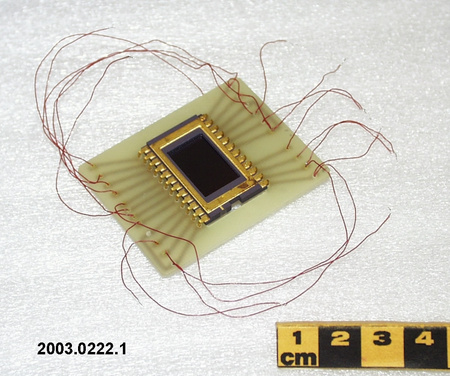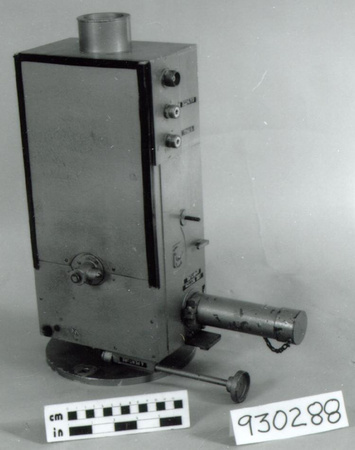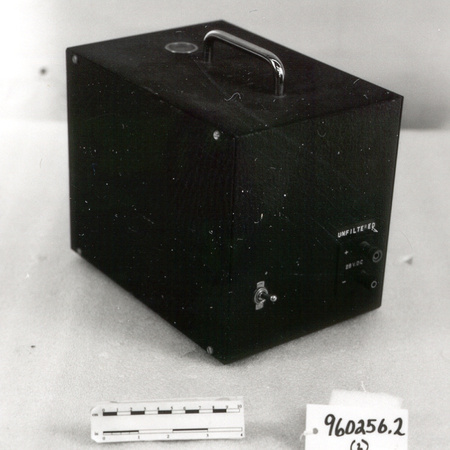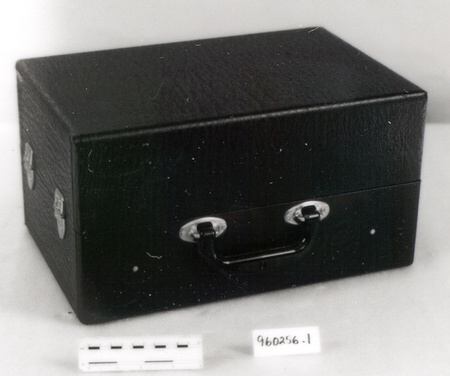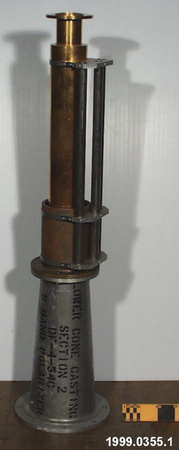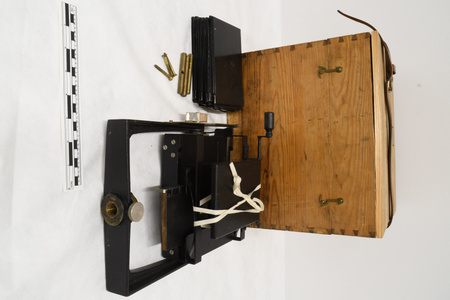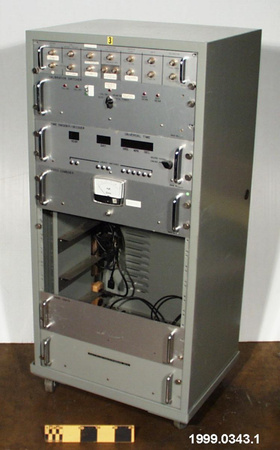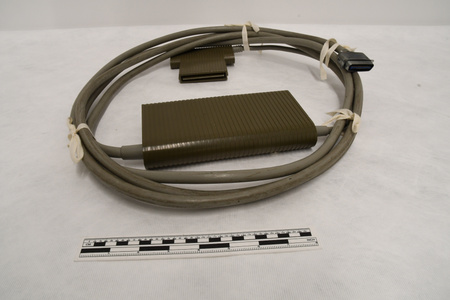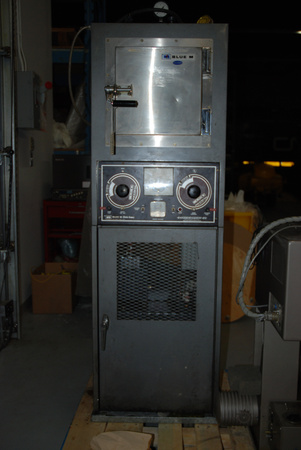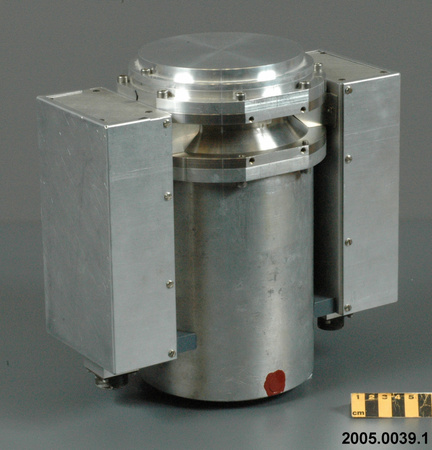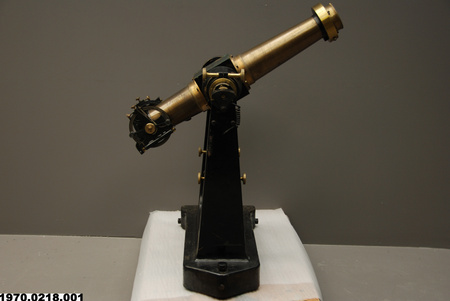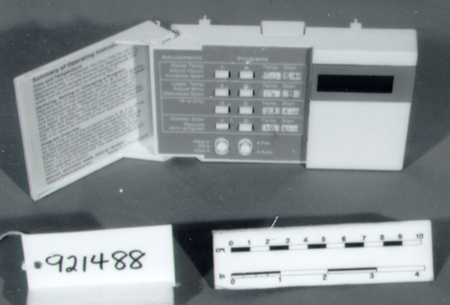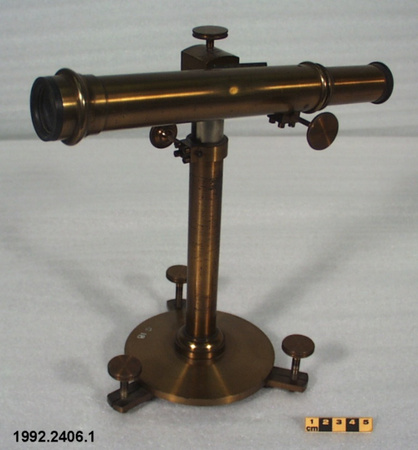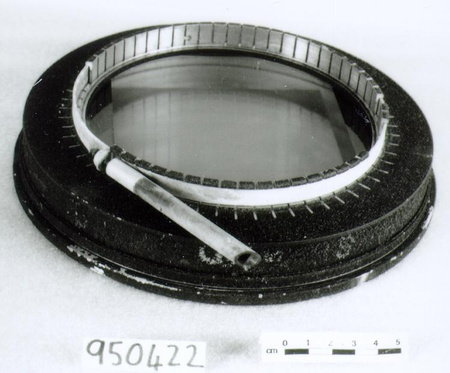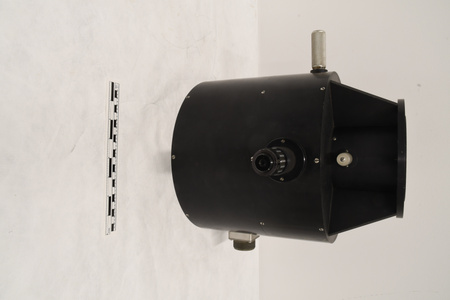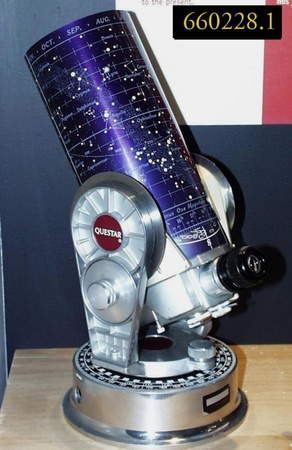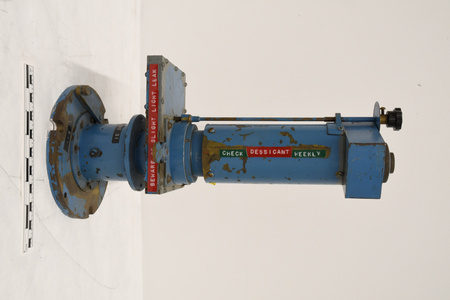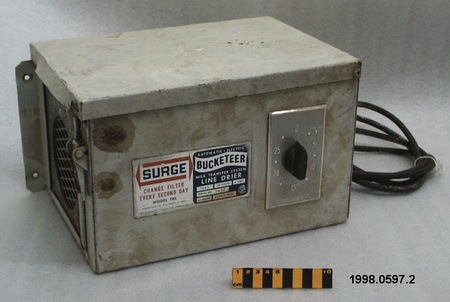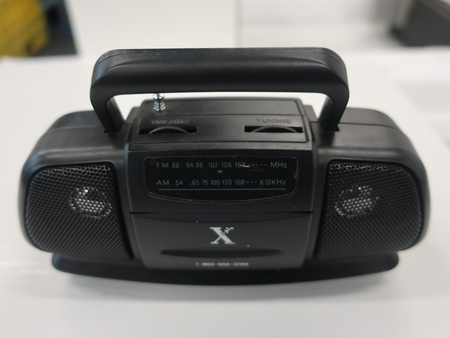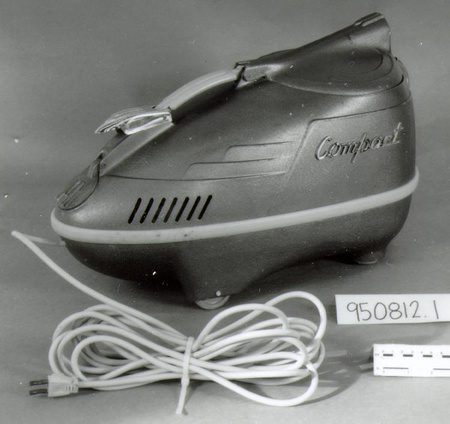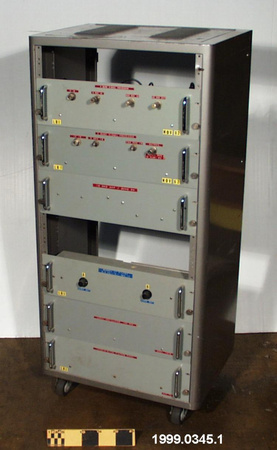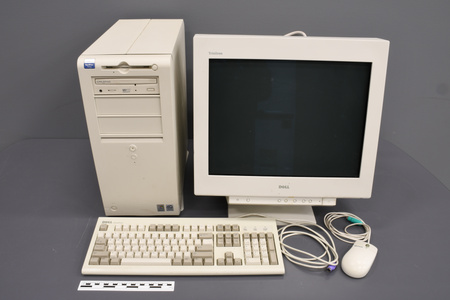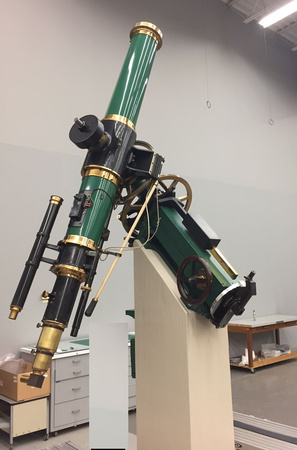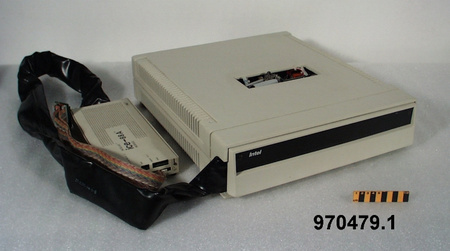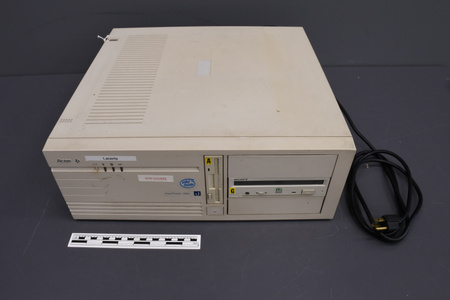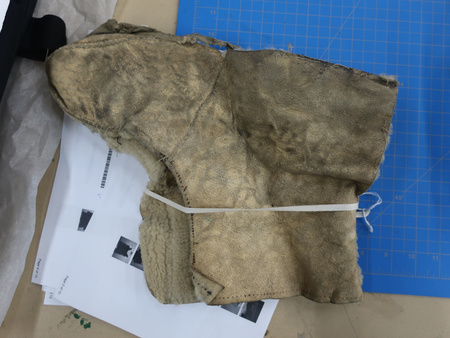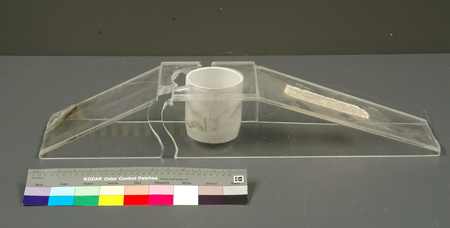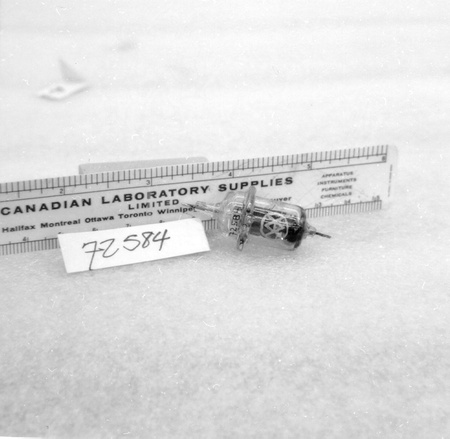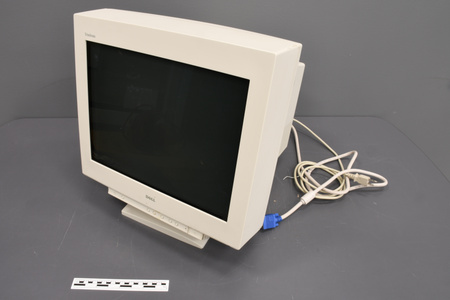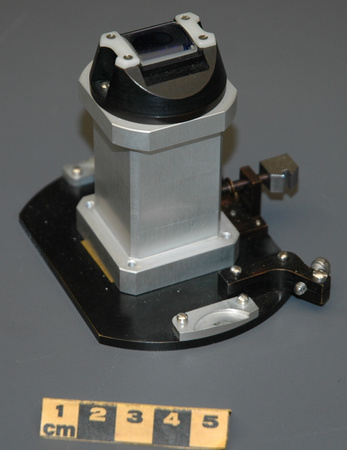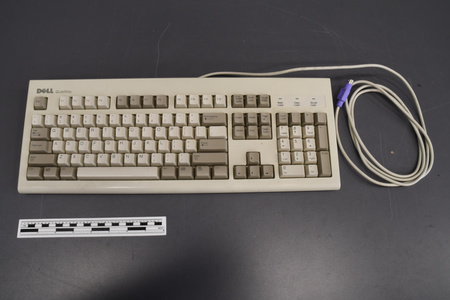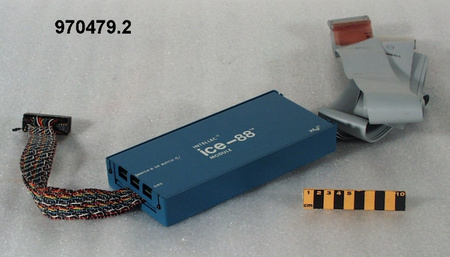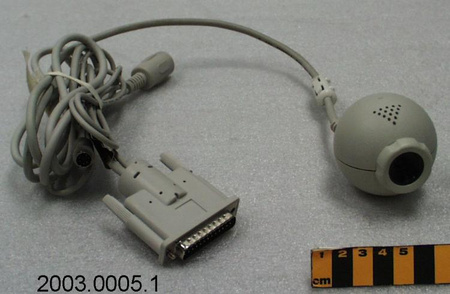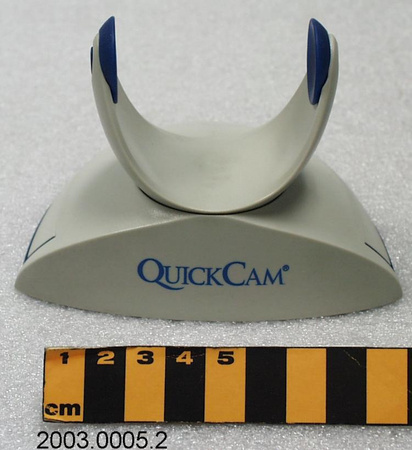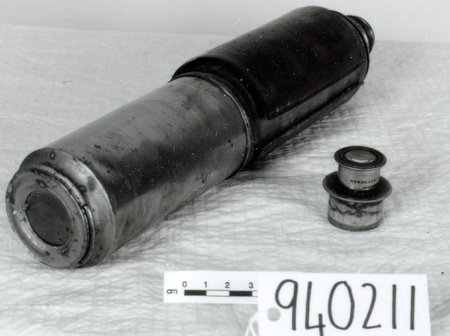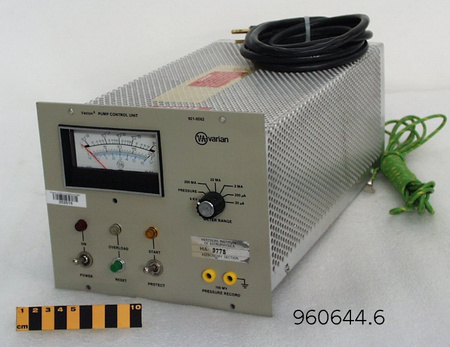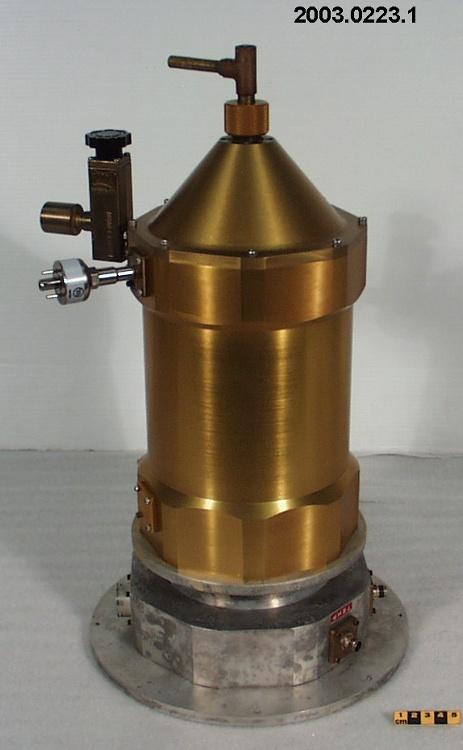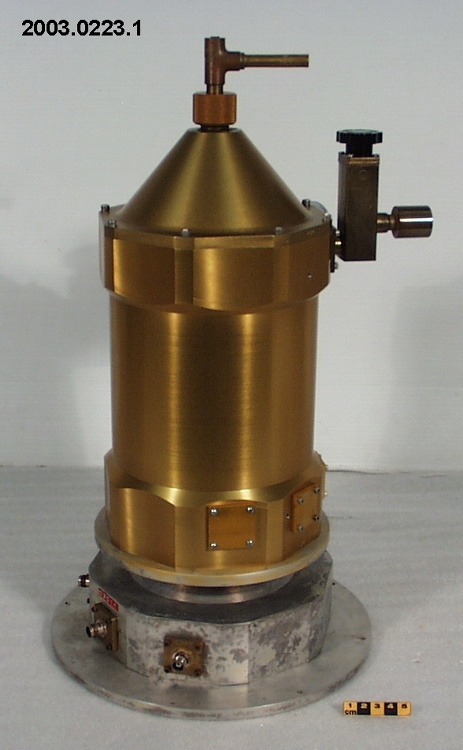Camera
Use this image
Can I reuse this image without permission? Yes
Object images on the Ingenium Collection’s portal have the following Creative Commons license:
Copyright Ingenium / CC BY-NC-ND (Attribution-NonCommercial 4.0 International (CC BY-NC 4.0)
ATTRIBUTE THIS IMAGE
Ingenium,
2003.0223.001
Permalink:
Ingenium is releasing this image under the Creative Commons licensing framework, and encourages downloading and reuse for non-commercial purposes. Please acknowledge Ingenium and cite the artifact number.
DOWNLOAD IMAGEPURCHASE THIS IMAGE
This image is free for non-commercial use.
For commercial use, please consult our Reproduction Fees and contact us to purchase the image.
- OBJECT TYPE
- telescope/cooled CCD
- DATE
- 1980–1982
- ARTIFACT NUMBER
- 2003.0223.001
- MANUFACTURER
- Unknown
- MODEL
- Unknown
- LOCATION
- United States of America
More Information
General Information
- Serial #
- 737 (dewar)
- Part Number
- 1
- Total Parts
- 1
- AKA
- N/A
- Patents
- N/A
- General Description
- non-ferrous metals/ aluminum telescope interface adaptor/ synthetic handles & parts
Dimensions
Note: These reflect the general size for storage and are not necessarily representative of the object's true dimensions.
- Length
- 30.0 cm
- Width
- 27.0 cm
- Height
- 48.0 cm
- Thickness
- N/A
- Weight
- N/A
- Diameter
- N/A
- Volume
- N/A
Lexicon
- Group
- Photography
- Category
- Still cameras
- Sub-Category
- N/A
Manufacturer
- AKA
- Unknown
- Country
- United States of America
- State/Province
- Unknown
- City
- Unknown
Context
- Country
- Canada
- State/Province
- Nova Scotia
- Period
- early 1980s+
- Canada
-
This is the camera built by SMU under a NSERC funded project to develop a CCD camera for use on telescopes. In 1979 (ck) SMU astronomers Dr. Gary Welch and Dr. David Dupuy (moved to Virginia Military Institute in 1982) were awarded a grant of $150,000 to develop one of three systems (UBC and Laval were the other departments awarded grants to develop CCD cameras). The use of CCDs in cameras provided, among other things, a more efficient way to do photometry of stars or nebula, image objects from planets to galaxies, or as detectors on spectrographs, etc. It revolutionized astronomy in less than 10 years allowing space telescopes like Hubble and planetary probes like Mars Rover to surpass others using traditional imaging technology by hundreds of times in sensitivity. The gold annodized section (the dewar) held the liquid nitrogen to cool the CCD chip and the aluminum section held the chip, filters and acted at the interface to the telescope and computer. The silver piece on the dewar was the temperature sensor and the objective was to keep the CCD at -140 C =/- 2 or 3 degress. The interface was designed by R.C. Brooks and manufactured by Coldwell Enterprises of Dartmouth, NS. The Dewar was built in the US. - Function
-
A device attached to a telescope as part of a telescope camera system to take photographs of astronomical phenomena. - Technical
-
The challenges in developing a CCD camera included overcoming the following: cooling the CCD to a constant low temperature (-140 C -- with liquid N2) to decrease the dark current (current generated by the chip when powered up but without any light falling on the chip), developing software to read off, store and manipulate the large volume of data generated, etc. The dewar was purchased off the shelf from a US source. This holds the N2 and provides a cold finger that comes into contact with the pack of the CCD to cool it in order to decrease the dark current and allow the faint signal to be read off with less noise. The dewar envelop was evacuated to decrease the heat loss. One charge of N2 would last during a nights observing. Vacuum was normally in the range of 10-4 to 10-5 Torr. The interface was designed by R. Brooks (then of Saint Mary's University, now Curator of Physical Sciences at CSTM.), and made by Colwell Enterprises of Dartmouth, NS. Connections to power the CCD and to read off the data were provided through this interface. The equipment was used and tested on the 16" Cassegrain reflector of the Burke-Gaffney Obs. at Saint Mary's and also at the 41" (ck?) At Lowell Obs. in Tuscon, Arizonia. In operation the N2 would be added and vacuum would be established by connecting the dewar to a Sargeant-Welsh hi-vac vacuum pump via a 2" dia. heavy walled hose. Once the vacuum was established, the connection would be sealed and the hose removed since one did not want the vibrating hose to be connected while observing. - Area Notes
-
Unknown
Details
- Markings
- Incised lettering on dewar reads "737"/ cast lettering on vacuum hose connection flange reads "VACOA/ BOHEMIA, N.Y./ MODEL 5D50"/ black lettering on vacuum gauge reads " VT [LOGO]/ varian/ TYPE 0531/ tc vacuum gauge"/ red plastic labels for jacks read "video" & "temp"
- Missing
- appears complete
- Finish
- Gold anodized dewar/ black & colourless synthetic parts/ unfinished metallic & plated parts
- Decoration
- N/A
CITE THIS OBJECT
If you choose to share our information about this collection object, please cite:
Unknown Manufacturer, Camera, between 1980–1982, Artifact no. 2003.0223, Ingenium – Canada’s Museums of Science and Innovation, http://collection.ingenium.ca/en/id/2003.0223.001/
FEEDBACK
Submit a question or comment about this artifact.
More Like This
